Croatian Motorways "Makeover" to Total 263 Million Kuna from Own Funds
May the 4th, 2022 - Croatian Motorways (HAC/Hrvatske autoceste) is set to spend a massive amount on a ''makeover'' of sorts. Here's precisely how a total of 263 million kuna will be spent.
As Poslovni Dnevnik/Marija Brnic writes, Croatian Motorways will soon get to work on the demolition of Motel Rastovica on the A3 Bregana-Zagreb-Lipovac motorway. A job tender worth around three million kuna is now underway, but, as was confirmed by Croatian Motorways, no new content will be built on the site after the removal of that facility.
What are set to be removed are old and neglected motel and bungalow facilities that have been out of function for a long time now, are in quite a dilapidated condition and, according to Croatian Motorways, pose a danger to the environment and the safety of resort users.
Their removal of Motel Rastovica and its accompanying facilities is part of a wider project of revitalisation and arrangement of the network of rest/stop areas and accompanying service facilities along the entire A3 route, and the construction of a new facility at a specific location is not currently planned, because, according to Croatian Motorways, there is already a very modern fuel station with a shop and a restaurant at that location, which provides a high level of service quality for all road passengers.
The A3 motorway is mostly an old motorway route where the rest area network requires general reconstruction, and in addition to restoring the rest area, new rest plateaus are being built in that direction, existing rest areas are being abolished and dilapidated and devastated ancillary service facilities are being removed. HAC, based on the projection of the optimal layout of rest areas with regard to their type and mutual distance.
The revitalisation project includes about 30 rest areas, and the investment, which Croatian Motorways is financing from its own sources and intends to complete by June 2026, is worth a total of 263 million kuna.
This year, the project will see the completion of the construction of the Crnec rest area on the Ivanja Reka-Jezevo section, the general reconstruction of the Jezevo-south rest area and the Nova Gradiska-Dragalic-north rest area, as well as the reconstruction of the motorway and removal of the Jezevo-north rest area connection.
For more, make sure to check out our dedicated business section.
HAC Wins Global Road Safety Award, Announces New Projects
ZAGREB, 31 Aug, 2021 - The Hrvatske Autoceste (HAC) motorway operator has won the International Road Federation (IRF) global "Find a Way" road safety award, HAC said on Tuesday, noting that the award was a great international recognition.
The IRF award was instituted as part of the United Nations Decade of Action for Road Safety by IRF Chairman Abdullah Al-Mogbel in recognition of the value of political leadership in driving road traffic injury reduction strategies.
The award is presented every year to public companies in recognition of their dedication to road safety, HAC explained.
IRF executive director C. Patrick Sankey said that road operators have a central role in enabling interaction for participants in road traffic in a safe and positive way through measures that reduce the risk of road accidents.
HAC Management Board Chair Boris Huzjan said that HAC was greatly honoured that IRF had recognised its work and that the award acknowledged the efficiency of Croatia's policy and strategy in traffic management on state-owned highways.
HAC notes that it manages most of the highway network in Croatia and that it plans to further improve road safety through two major projects.
One is designed to replace the existing variable-message signs with new generation equipment to improve traffic flow and information for participants in traffic. The project will start in 2022 and should be completed by the end of 2024.
The second project is designed to improve highway fencing to reduce the consequences of road accidents. This project is set to start in 2022 and should be completed by the end of 2025.
For more about Croatia, CLICK HERE.
Falling Snow Causes Treacherous Conditions on Croatian Roads
January 25, 2021 – Released images show falling snow is causing extremely difficult conditions on some Croatian roads, both motorways and state roads, with the mountainous regions of Lika and Gorski Kotar most affected
Any optimists living in Zagreb could be forgiven for thinking winter was over. Over a succession of two days last week they were basking in the relatively balmy daytime temperatures of 16 degrees. The sun shone brightly, the boots stayed indoors and lighter jackets were thrown on to visit the shops. Not everyone in Zagreb is an optimist, though. And those with an experience that is greater than their hope knew the reality of the situation; Croatia's winter can turn round at any moment to bite you in the ass.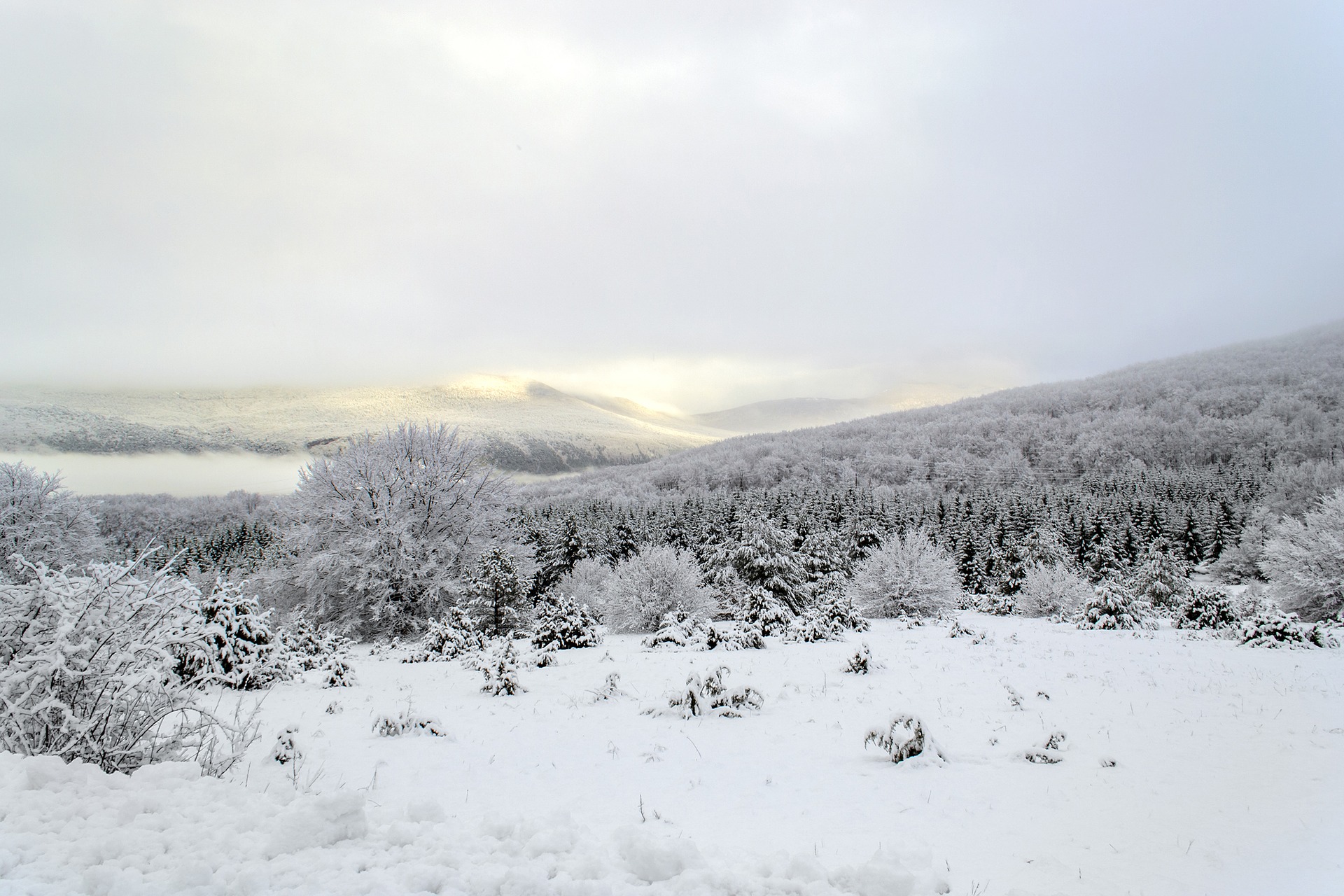 Snow covering the Lika region
Snow covering the Lika region
And that's exactly what happened this weekend, when falling snow produced treacherous driving conditions across a wide area of Croatia. On some motorways, a ban on trucks with trailers and tractors with semi-trailers is in place because of the continually falling snow. Another response to the falling snow has been to make winter vehicle equipment mandatory.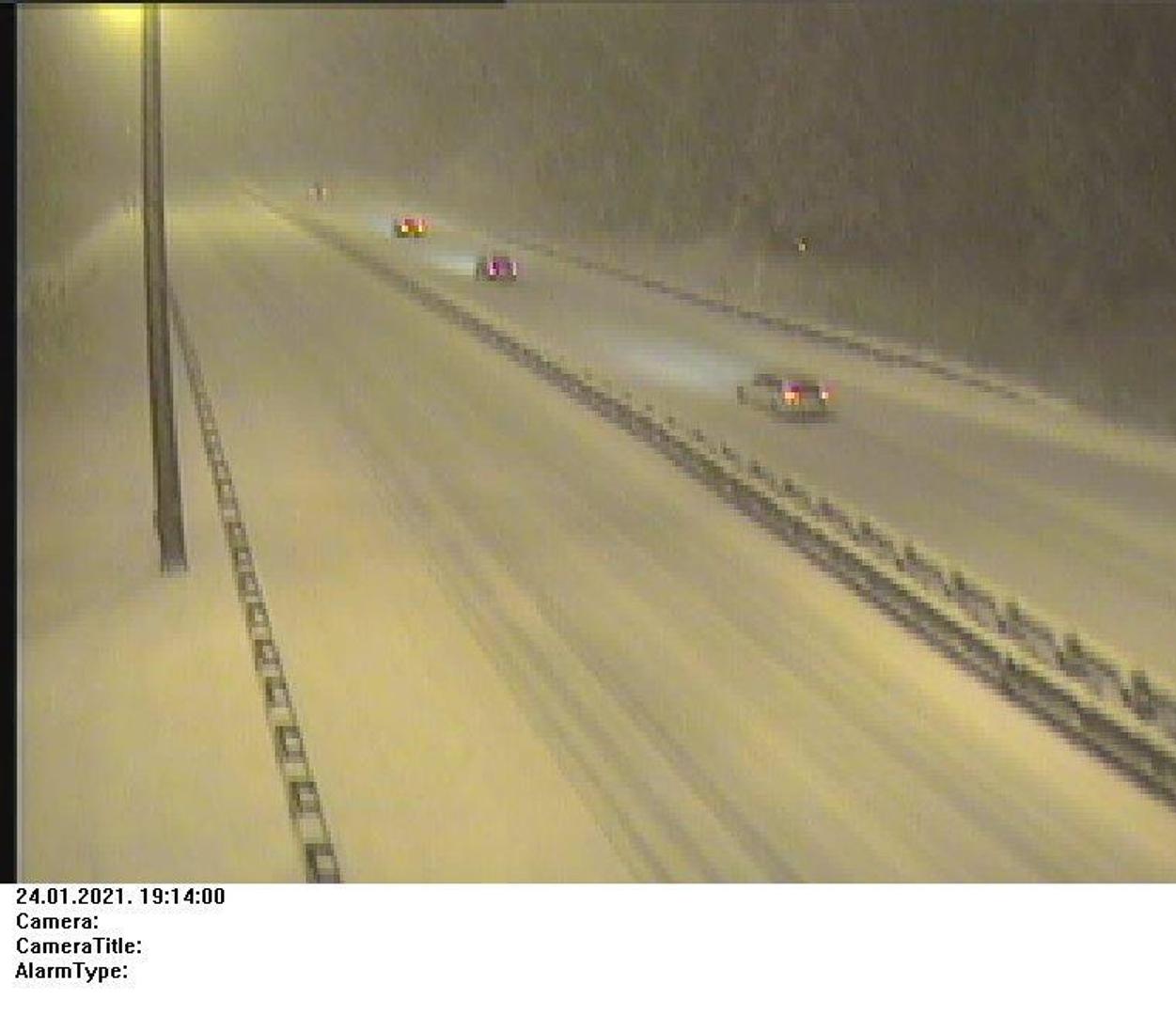 A thick layer of snow covers the road near Delnice at 19.14 on Sunday 24 January 2021 © HAK
A thick layer of snow covers the road near Delnice at 19.14 on Sunday 24 January 2021 © HAK
While the Croatian capital was experiencing its warm spell, falling snow continued to descend on more mountainous regions of the country, Lika and Gorski Kotar in particular. And it is those that remain most affected by the treacherous driving conditions. Hrvatske Autoceste (Croatian Motorways) are responding to the continuing weather conditions. But, they released pictures of one motorway section near Delnice which, even after plowing, was 30 minutes later again covered by the falling snow.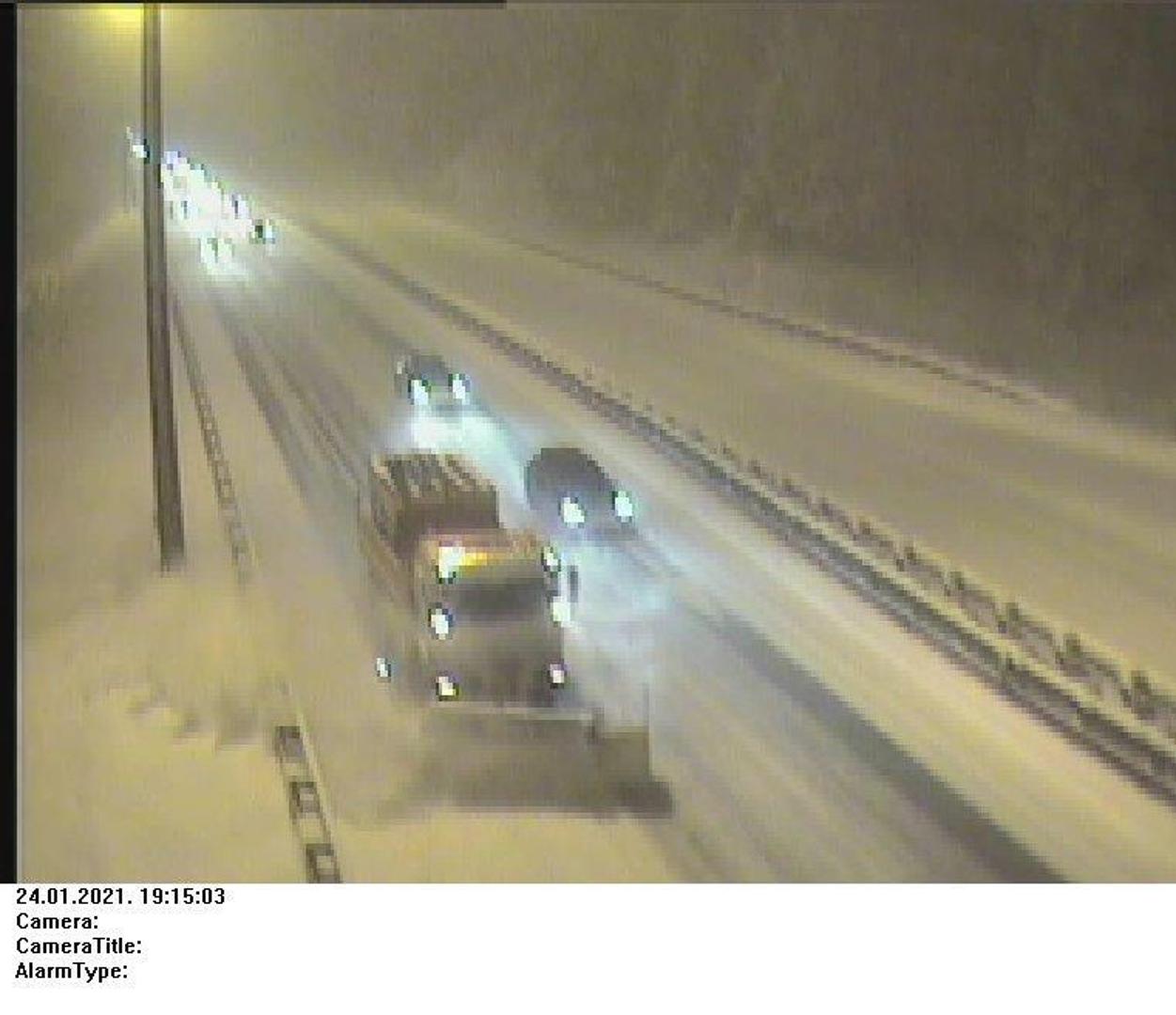 A snowplow arrives at 19.15 to clear the snow © HAK
A snowplow arrives at 19.15 to clear the snow © HAK
Thick falling snow and ice made it difficult to drive on the A6 Zagreb - Rijeka highway. The National Association of Drivers and Vehicle Owners (HAK) issued a series of warnings for the following routes: A1 Zagreb-Split-Ploče between the junctions of Bosiljevo II and Maslenica, A6 Rijeka-Zagreb between the junctions of Bosiljevo II and Kikovica, state road DC1 between Zagorje and Gračac and state road DC3 through Gorski Kotar between Zdihovo and Kikovica. By 19.45 the road is in the same state as before the snowplow arrived, because of continually falling snow © HAK
By 19.45 the road is in the same state as before the snowplow arrived, because of continually falling snow © HAK
HAK also reported that there is currently no passable road for trucks with trailers and tractors with semi-trailers from the direction of the continental interior towards Rijeka and Istria and Dalmatia and vice versa. The colder temperatures are expected to stick around for most of the early part of the week, although the skies may be clearer in some regions. Temperatures will rise again heading towards next weekend under an increasing cloud cover, but the chilly conditions might well bounce back towards the end of next weekend. Zagreb itself could even experience more snowfall at that time.
Continental Croatia Trains: Inland Opens Up With Green Travel
October 3, 2020 - With charter airlines in a state of flux and Croatia Railways beginning a renewal of their fleet in Slavonia, are continental Croatia trains the eco-friendly and best way to unlock the inland's amazing potential?
Everything changes. Nothing stays the same. Even before 2020 arrived, lifestyles and trends were headed in new directions. Eco-tourism and agro-tourism were two of the fastest-growing areas within the travel sector, this behaviour change a response to concerns about the environment. And nowhere in the country stands better poised to take advantage of this interest than continental Croatia.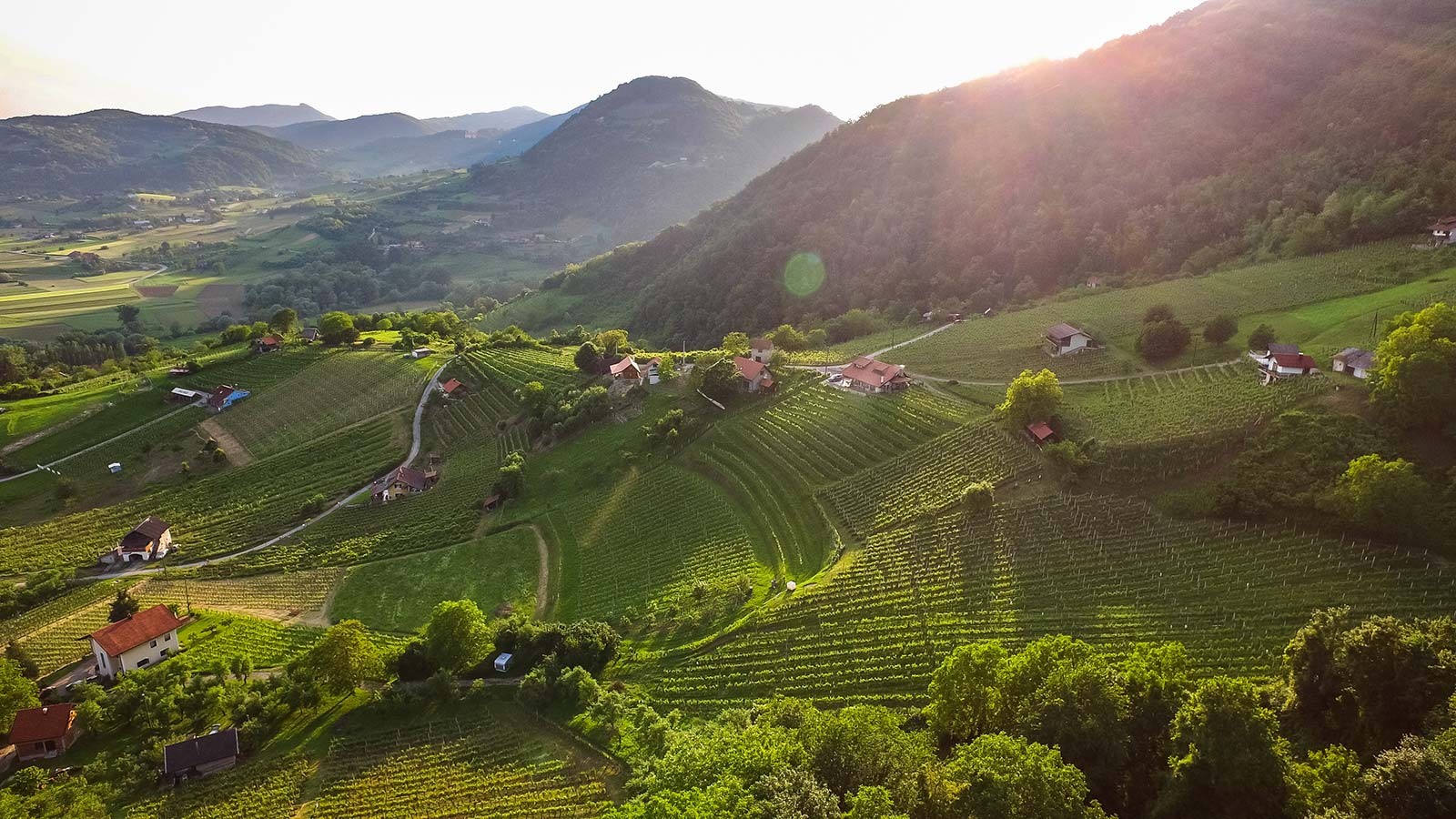 Impossibly pretty Zagorje - the region lies just north of Zagreb and is accessible by continental Croatia trains © Ivo Biocina / Croatia National Tourist Board
Impossibly pretty Zagorje - the region lies just north of Zagreb and is accessible by continental Croatia trains © Ivo Biocina / Croatia National Tourist Board
From the impossibly pretty hills of Zagorje, the peaceful rivers of Karlovac county and the hidden vineyards that surround the capital Zagreb to the vast Pannonian flatlands that stretch to Slavonia, Baranya, Vukovar-Srijem and beyond, the varied topography of continental Croatia is wild, exciting and - by many - wholly undiscovered.
This is land where agriculture and nature thrive side by side, where the stresses of modern-day existence ebb away as you readjust to a way of life that would look mostly familiar to the people who lived here centuries ago. These are places where you can truly be at one with yourself and with your surroundings. In continental Croatia, you often find yourself in an environment that is both timeless and traditional, yet wholly contemporary in regards to its ecological aspirations. And you're never far away from an exciting city environment that you can dip into on a whim – not just Zagreb, but Osijek, Slavonski Brod, Karlovac, Sisak and Varaždin too. To those who really know and love Croatia, Osijek is simply unmissable. It is both the capital of and the doorway to Slavonia and Baranya and should be more accessible by continental Croatia trains. Sadly, international transportation links to the city by air are also quite poor. Improvements in accessibility to Slavonia and Baranya by rail and road are imminent © Romulić & Stojčić
To those who really know and love Croatia, Osijek is simply unmissable. It is both the capital of and the doorway to Slavonia and Baranya and should be more accessible by continental Croatia trains. Sadly, international transportation links to the city by air are also quite poor. Improvements in accessibility to Slavonia and Baranya by rail and road are imminent © Romulić & Stojčić
Unlocking the incredible potential of continental Croatia relies on getting the message out there and facilitating travel to these regions
In recent TCN features we have detailed that motorways within Croatia are among the best in Europe - once you're inside Croatia, travelling by car (or bus) between the regions couldn't be easier. We have also seen evidence of the huge interest in travelling here by rail and using continental Croatia trains.
Of all the modern methods of long-distance travel, rail is by far the most eco-friendly. What better way to begin an environmentally friendly holiday than by arriving on continental Croatia trains? When the country wisely decided to prioritise its internal motorway system, a modern and fast inter-regional rail network was put on the back burner. Nowhere suffers greater from this decision than continental Croatia.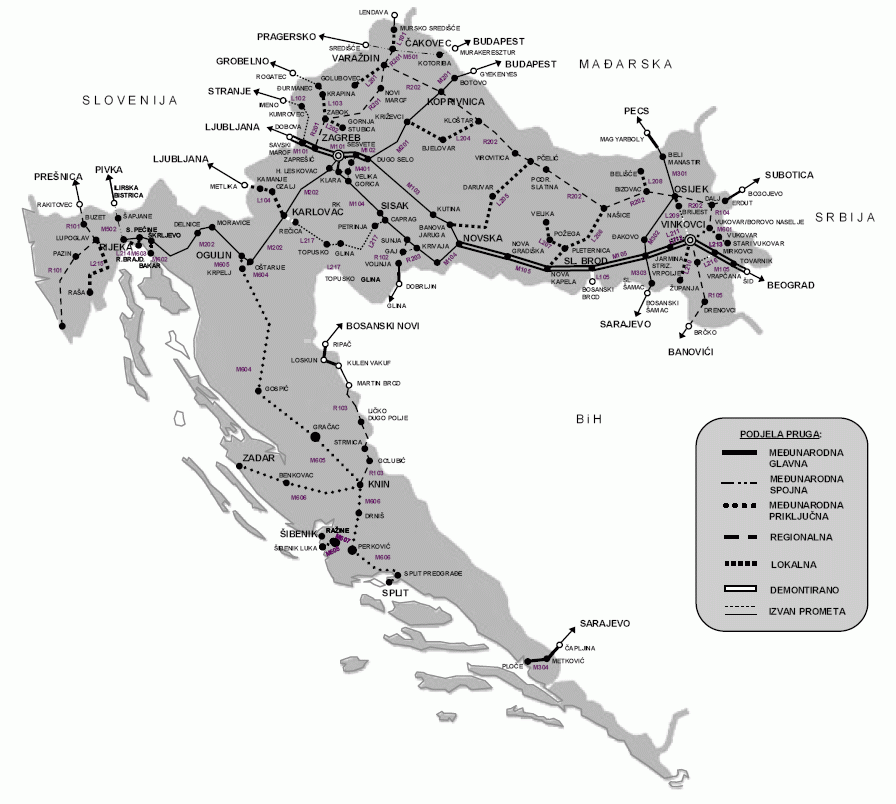 The Croatian rail network © Croatian Official Document uploaded to Wikipedia by Epepe
The Croatian rail network © Croatian Official Document uploaded to Wikipedia by Epepe
The only high-speed line that currently exists in Croatia links Rijeka to Budapest, via Zagreb and Koprivnica. Planned improvements hope to cut journey times between Zagreb and its nearest coastal city to an hour. Same as it ever was - Rijeka was the first Croatian city to be connected internationally by rail. That line also ran into the heart of Austro-Hungary and facilitated upper-class travel to places like Opatija. But does it best benefit the country to invest in more links to the coast or in continental Croatia trains? Well, the inland is not being ignored. Upgrades are being made to continental Croatia trains. This impressive beast actually services the country's coast. But would more investment in the continental Croatia trains network better service more people and help unlock the inland to tourists? Around 70% of the country's inhabitants live in continental Croatia © HŽPP
This impressive beast actually services the country's coast. But would more investment in the continental Croatia trains network better service more people and help unlock the inland to tourists? Around 70% of the country's inhabitants live in continental Croatia © HŽPP
The rail link between Zagreb and Slavonski Brod is so historic that it was once part of the four routes of the Orient Express. It has been maintained to a standard where you can make a relatively quick journey from the capital to Vinkovci via Slavonski Brod. The same cannot be said for rail travel to Osijek, the access point to Baranya and much more. So slow is the connection between Osijek and Zagreb that it has been possible over recent times to reach the Slavonian capital quicker by taking the train to Vinkovci, then the bus to Osijek, rather than travelling direct by rail.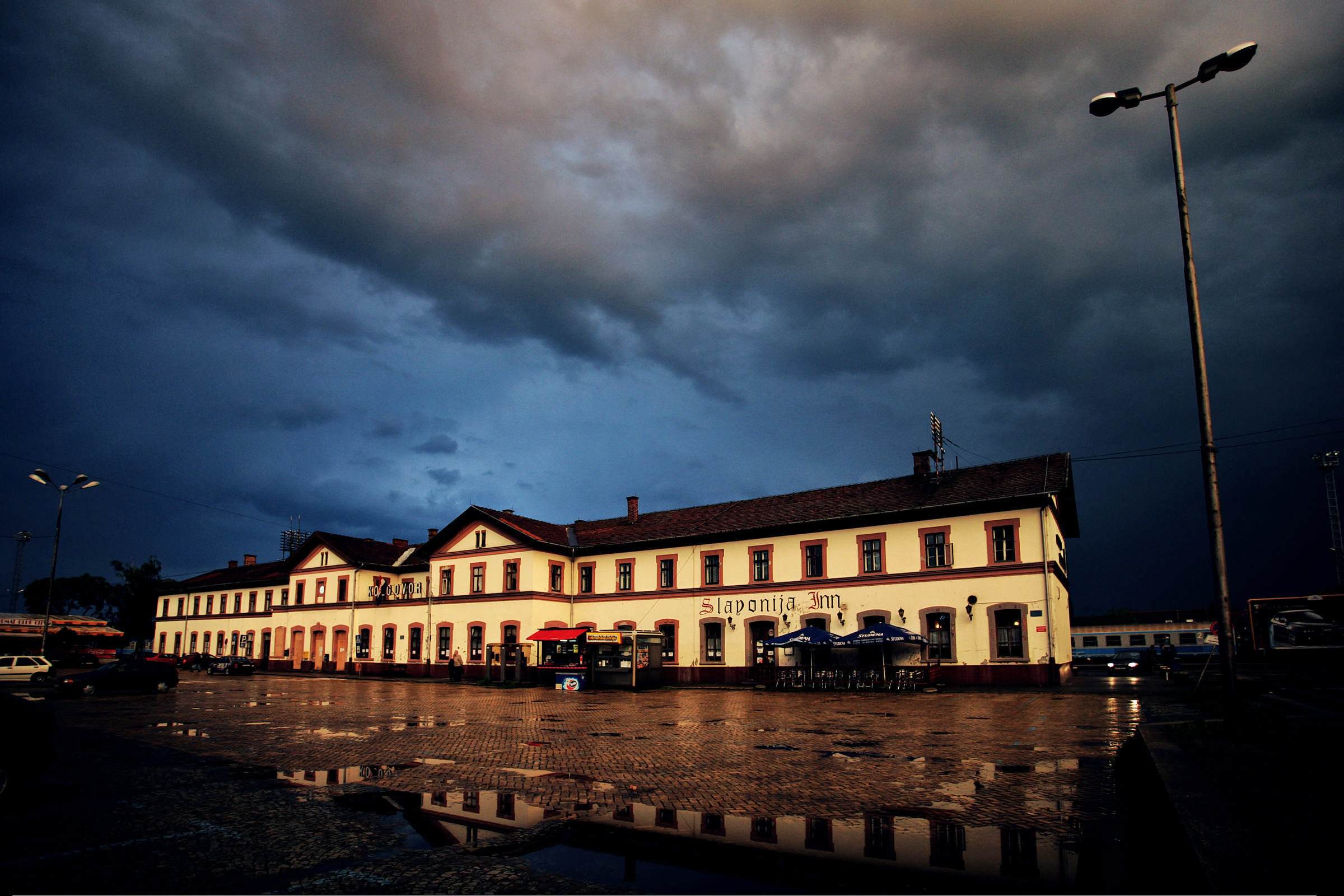 Osijek train station. A renovation to the building is planned for the near future © Romulić & Stojčić
Osijek train station. A renovation to the building is planned for the near future © Romulić & Stojčić
However, in February this year, Croatian Railways introduced four direct daily lines between Slavonski Brod and Osijek. And there will be a new tilting train line that will run between Zagreb to Osijek on Friday afternoon and from Osijek to Zagreb on Sunday afternoon, facilitating student travel. On October 15, the first low-floor train will run between Osijek and Vinkovci as an additional part of the renewal of their continental Croatia trains fleet in Slavonia. The welcome return of Croatia's second-oldest international rail line - linking Osijek to Pécs in Hungary, via Beli Manastir and Baranya - was introduced in late 2018.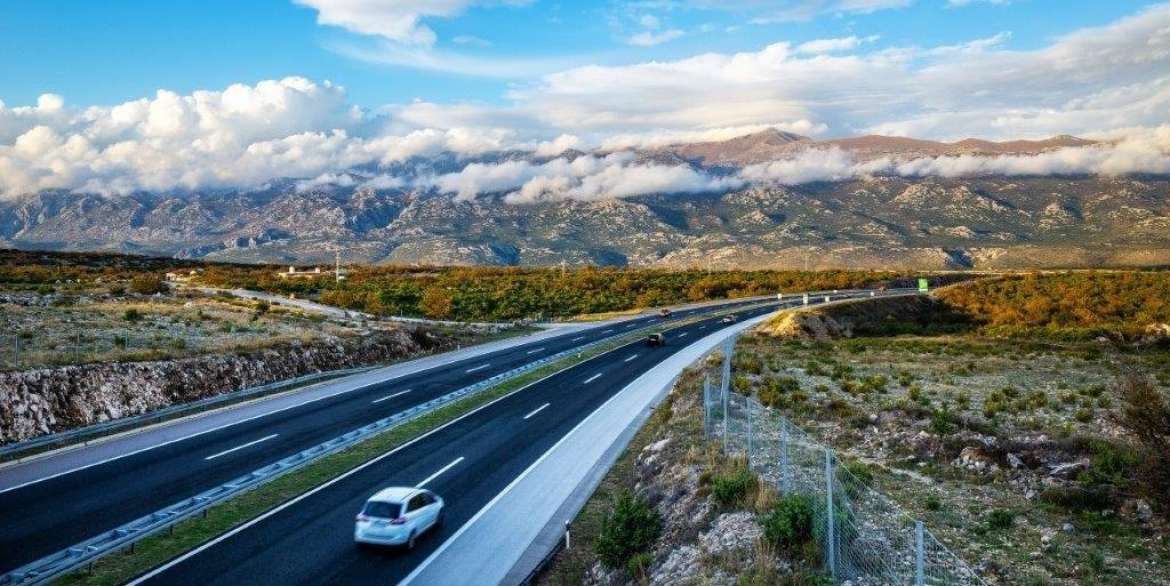 A motorway stretch between Metković and Dubrovnik, integrating the Pelješac bridge and the Croatian segment of the European corridor are the final big remaining projects in a three-decade-long undertaking to give Croatia one of the best motorway networks in Europe. Should Croatia's rail network be next? © Hrvatske Autoceste
A motorway stretch between Metković and Dubrovnik, integrating the Pelješac bridge and the Croatian segment of the European corridor are the final big remaining projects in a three-decade-long undertaking to give Croatia one of the best motorway networks in Europe. Should Croatia's rail network be next? © Hrvatske Autoceste
Access to Slavonia and Baranya will also be massively facilitated upon completion of the European corridor, which will connect North Europe to the Adriatic. Starting in Budapest, it necessitates the building of a bridge near Beli Manastir. Thereafter the motorway will pass by Osijek, connect to the Zagreb-Slavonia motorway near Lipovac, then pass through Bosnia and its capital Sarajevo and on to Ploče.
The removal of budget airline flights to the airport in Osijek remains a hindrance to attracting many international visitors to Slavonia and Baranya. However, with charter airlines facing the greatest uncertainty of all modes of transport at the current time, though their return is a must, it is perhaps now an ambition that should remain more long term. For the immediate future, improvements to rail travel look to be a brilliant way of opening up not only Slavonia, Baranya and Vukovar-Srijem, but also an eco-friendly access point capable of serving the whole of untapped continental Croatia.
For the latest travel info, bookmark our main travel info article, which is updated daily.
Read the Croatian Travel Update in your language - now available in 24 languages
Outsider's View: Why Can't Croatian Motorways Be Free?
July 30, 2020 - Marc Rowlands asks the questions all outsiders want answers to. This time it's why can't Croatian Motorways be free?
Should we take the old road or the new motorway? The question is pondered by both residents and visitors. The answer is often dictated by time and cost.
Sure, if you've got all the time in the world (and/or want to save money), Croatia's longstanding road network wends its way through some spectacular countryside. You get a much better feel for the country and its incredible topography and geography by taking in the view more slowly.
But, there's always the chance you might get stuck in a tailback in the sweltering heat, with frustrated kids fighting on the back seat. Almost as bad, you could get caught behind an ancient small-to-medium goods delivery van or a local bus, with absolutely no chance to overtake on the narrow, winding stretch for 50 kilometres. “Vozi Miško!”
If you're travelling for business or bolting to the coast for a weekend or family holiday, speed is your primary concern, and the motorways the best choice. And, luckily, you have a dependable and highly modern motorway network that will get you there safely and in good time. But, you gotta pay.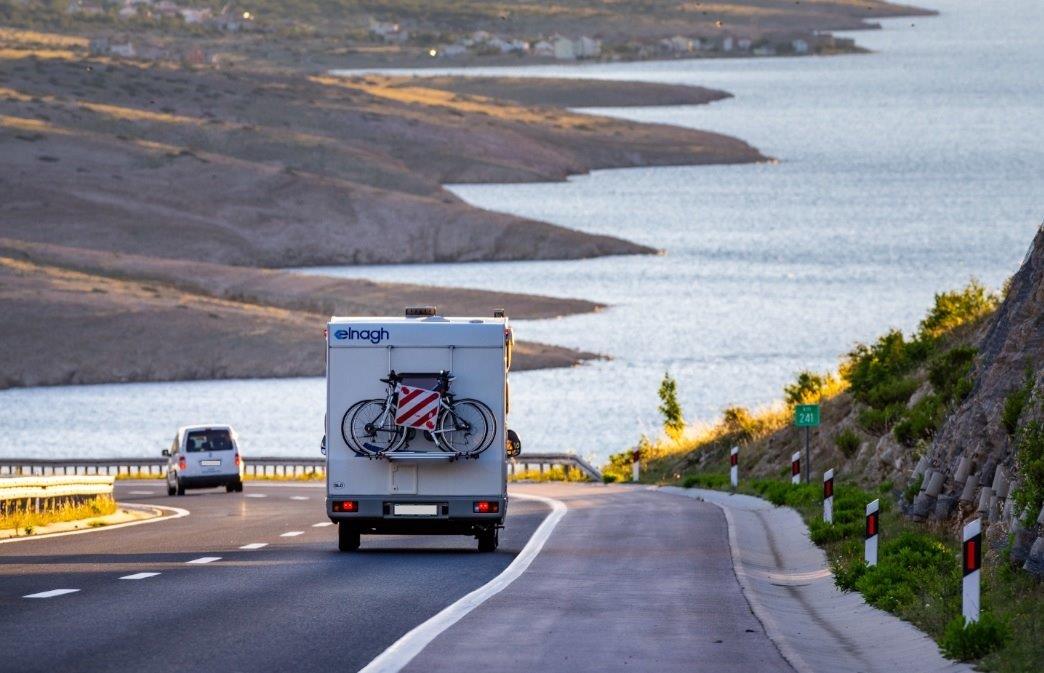
Croatian Motorways © Hrvatske Autoceste
“We built 90% of our motorways between 20 and 30 years ago,” Alan Bahorić tells TCN when we sat down with the folks of Hrvatske Autoceste (Croatian Motorways) to ask our questions. “I'm afraid we must pay for them over the next 15 years.”
“15 years? Great! So, after that, they will be free?”
“The motorways will not be entirely free, but they will be repaid.”
Hrvatske Autoceste is the company with responsibility for building, maintaining, and paying for most of the motorways in Croatia. Other companies run some of the motorway stretches, but Hrvatske Autoceste is the big one. Their owner is the Republic of Croatia.
30 years ago, Croatia had less than 300 km of motorways. Today, it has 1.306,53 km. Recognising that its transport system was severely dilapidated, the relatively new Republic of Croatia had a tough choice to make; update the motorways or the rail network? They chose the former and, not yet eligible for EU funds to assist, borrowed the money needed to undertake the mammoth task. This saddled the country with significant debt. Yikes! So, they formed Hrvatske Autoceste to manage the Croatian Motorways, the toll booths creating a fair system by which the debt could be repaid; the people who use the motorways pay for them, not the taxpayer. Bravo!
The tolls on Croatian Motorways may seem expensive to regular domestic users, but in fact, they are average to or below average in comparison to those all across Europe. The debt undertaken ensured Croatia caught up fast with the rest of Europe. Consider Germany, where the modern motorway system was begun the best part of a century ago.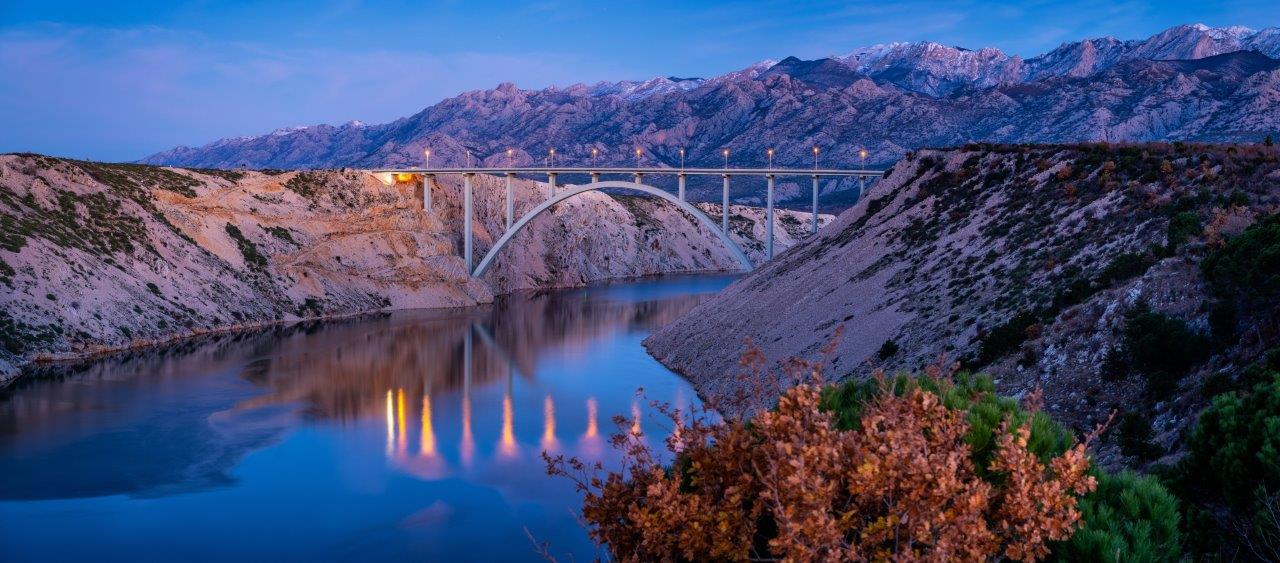
Croatian Motorways © Hrvatske Autoceste
Croatian Motorways are also renowned for their safety. In comparison, consider Italy. They privatised much of their modern infrastructure and built almost everything in their economic boom between the mid-1950s and mid-1960s. Bridges, roads, buildings, and schools were built, often with cheap and substandard material to increase profits. Works and ownership in some cases allegedly ended up in the hands of the mafia. When the Morandi Bridge in Genoa collapsed in 2018, tragically killing 39 people, it was the 12th bridge to have collapsed in Italy since 2004. It is unthinkable that this could have happened a single time in famously safe Croatia. The knock-on effect for tourism would be catastrophic.
By the time the debt for the motorway construction is repaid, as much money again will have been invested in the system. Much of this investment goes on maintenance costs, completion of the Croatian Motorways network, and integrating Croatia into Europe's biggest motorway projects. Constantly updating, the network now caters – via 34 locations – for electric car use. Prior to 2019, in the country that so proudly claims inventor Nikola Tesla, you could not have toured it in a Tesla electric car. Now you can.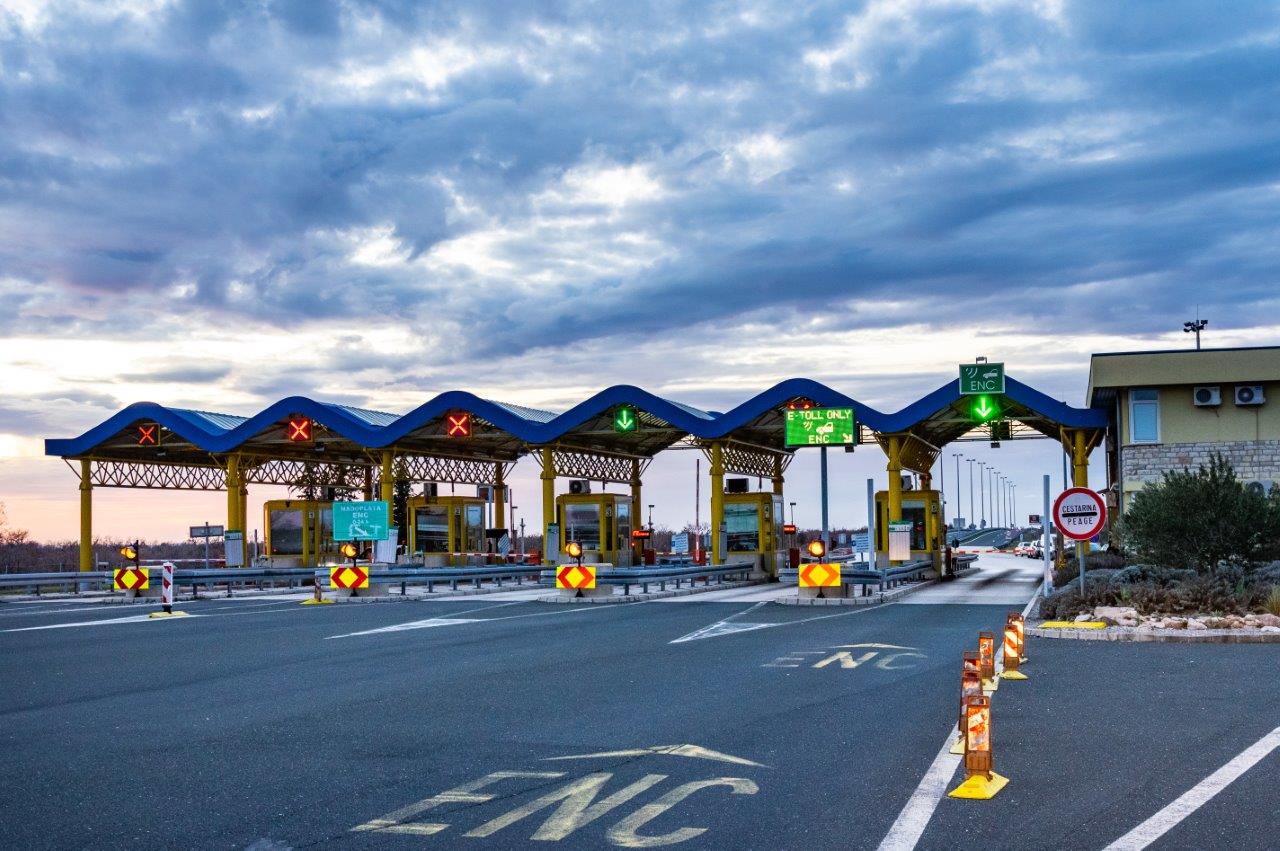
Croatian Motorways © Hrvatske Autoceste
To have completed 80-90% of your network in around three decades is no mean feat. The largest projects remaining are the completion of the route which integrates the Pelješac Bridge - a motorway stretch from Metković to Dubrovnik – and the Croatian segment of the European corridor connecting North Europe to the Adriatic. Starting in Budapest, it necessitates the building of a bridge near Beli Manastir. Thereafter the motorway will pass by Osijek, connect to the Zagreb-Slavonia motorway near Lipovac, then pass through Bosnia and its capital Sarajevo and on to Ploče.
But, back to the original question; why can't Croatian Motorways be free?
“Well, tell me somewhere in Europe where they are free?” counters Bahorić.
He has a point (although in the UK, where some of the TCN team are from, almost every motorway is free). But, the question is really prompted by the advent of COVID-19. Couldn't motorway tolls be removed in 2020 and 2021 in order to stimulate domestic and regional tourism? Could the debt be offset and paid off over an extra couple of years? The folks at Hrvatske Autoceste patiently take the naïve suggestion. It negates to consider the freight traffic using the motorways nor the seasonality of motorway use. It wouldn't help the areas most affected by a drop in footfall – southern Dalmatia and Dubrovnik, which are largely charter destinations. Also, it would be a government decision. The 10% rise of toll in high season has already been abolished this year in order to help in this very way.
However, there is one incredible way that Hrvatske Autoceste can stimulate tourism.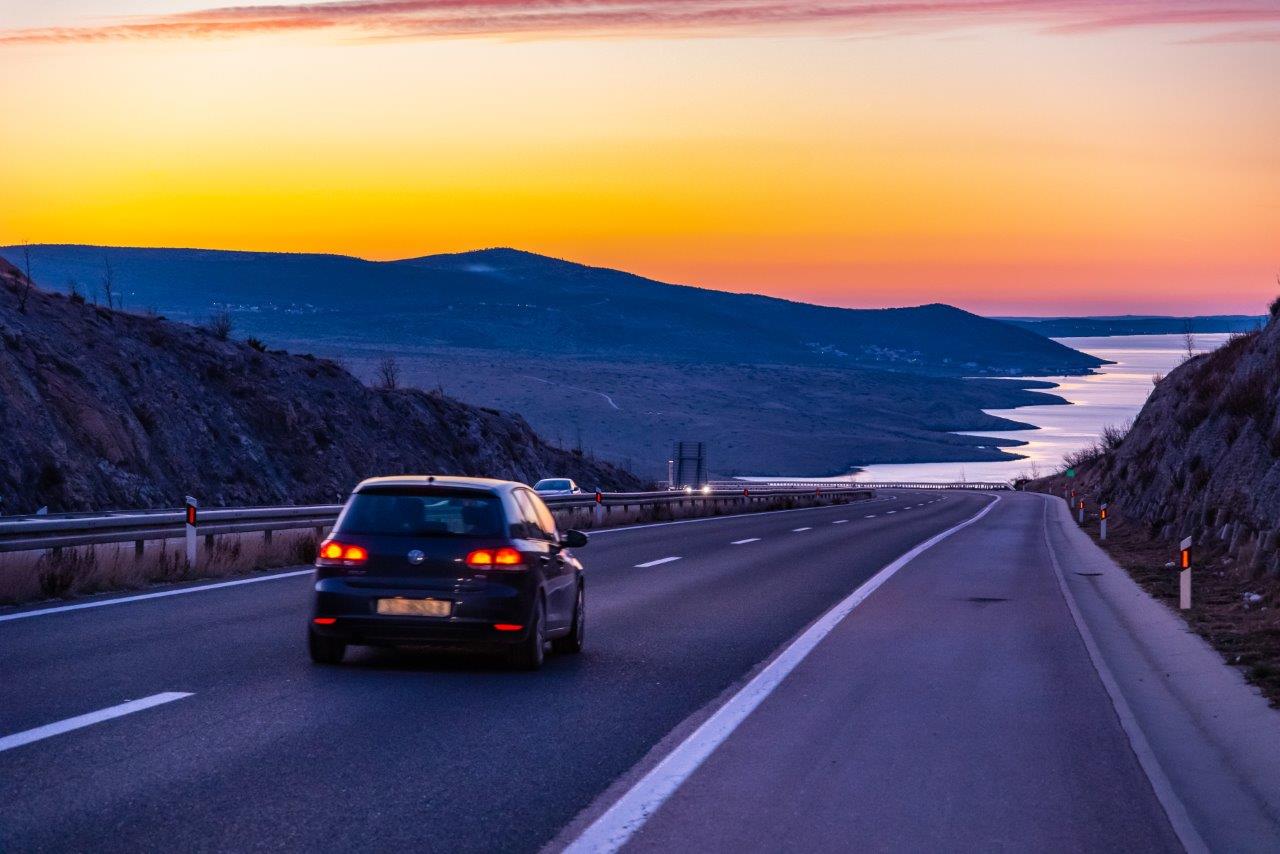
Croatian Motorways © Hrvatske Autoceste
"In a few years, Croatia will get a new electronic toll collection system,” Hrvatske Autoceste told TCN. “This will significantly increase throughput and reduce harmful emissions caused by congestion because while manual toll collection has a capacity of about 200 vehicles per hour, the new system allows the passage of up to 3,000 vehicles. The new system will be based on a combination of two modern and proven technologies: billing via an enhanced version of the ENC in-vehicle (DSRC) and an automatic license plate reading system (ALPR), which are proven technologies used in the EU. The system will enable simpler and faster price formation, for example, higher prices at the time of the highest congestion and lower prices in periods of less dense traffic. In accordance with the trends in the EU and the pricing policy, electric and hybrid vehicles will be favoured, but also polluters, ie vehicles with high emissions of harmful substances will be sanctioned. As we have implemented before, frequent users will be able to get discounts via ENC devices. In addition to flexible tariffs, the new system will implement loyalty programs for frequent users and other marketing activities such as partner-service programs.”
Well then, there's your answer. Croatian motorways can't be free, not even to stimulate tourism at the time of COVID-19. But, if some joined-up thinking and co-operation were to take place, discounts for National Parks or accommodation could feature as a future stimulus to Croatian tourism. Imagine Slavonija reaping the benefits of the huge motorway about to pass through it by slashing accommodation prices by exchanging vouchers obtained by paying the motorway toll? That sounds like Croatia 2.0 to us.
HAC (Croatian Motorways) Could Annul Tender Worth 380 Million Kuna
As Poslovni Dnevnik writes on the 24th of August, 2019, HAC (Croatian motorways) are likely to cancel a tender worth a massive 380 million kuna for the construction of the Beli Manastir - Drava bridge section on the A5 Beli Manastir - Osijek - Svilaj motorway. The reason for this decision was the withdrawal of Integral inženjering (engineering) from Laktaši (Bosnia and Herzegovina).
The bidding for the construction of this subdivision on the Croatian part of 5c corridor received three bids. Of these, only Integral from Bosnia and Herzegovina offered a price which was within the estimated value of the works.
The Bosnia and Herzegovina-based company has offered to build the 17.5-kilometer highway for 359.1 million kuna. The value of the offer of the Chinese company Sinohydro Corporation amounts to 416.1 million kuna, while the community of bidders Osijek-Koteks, Gravija, Cestorad and PZC Brod offered a price of 446.1 million kuna, Vecernji list reports.
The bids opened back on the 19th of March, 2019, and on the 2nd of August, the HAC board decided to select Integral's offer, which still required the approval of the supervisory board. But then a major turnaround took place.
As has since been learned, HAC sent a letter to all bidders inviting them to extend the deadline for their bids, which expired on August the 17th. In the same letter, all those who offered their bids were also invited to extend their guarantees, or to offer new guarantees. The deadline for the submission of statements of extension of the validity period of the offer was until August the 20th, and for the submission of a new or extended guarantee, the date was set at August the 22nd, 2019.
The Chinese company and a consortium led by Osijek-Koteks sent the requested documents on time, but nothing came from Integral, creating major problems for HAC because the other two bids were above the estimated value of the works. Therefore, HAC could cancel the tender entirely and announce a new one with the same estimated value. In doing so, HAC is examining what legal steps they could take and whether or not they can sue Integral to protect their own interests, given that the aforementioned Laktaši company has abandoned its offer, putting them in a highly unenviable situation.
From HAC, the decision to select Integral in the tender for the Beli Manastir - Drava Bridge subdivision was made more than four months after the bids actually opened, and it apprently took so long because it was a complex, high value tender, so they had to make sure that the prices offered were technically correct. Therefore, they had previously asked the tenderer for an extension of the validity of the offer and the guarantee, and at that time they all responded to that invitation.
Why Integral did not respond to the second call for these extensions is currently not known to HAC. However, the construction company confirmed for Vecernji list that they definitely did not extend the validity of their bid in the HAC tender for the construction of a subdivision on the 5c corridor. Again, they provided no clear reason as to why.
"We can confirm that Integral engineering, having already extended the validity of its offer once, didn't do so again. In doing so, we were guided by an assessment of the situation and market developments," Integral, the largest construction company in Republika Srpska, told Vecernji list in Republika Srpska.
The company is already present on the Croatian market, is a subcontractor of the Dugo Selo - Križevci railway line, and has competed, among other things, for the construction of access roads to Pelješac bridge in Dalmatia.
It was excluded from that particular tender because of its unusually low price. HAC believes that this procedure, after the cancellation of the tender, will be carried out quickly because the Chinese and the consortium led by Osijek-Koteks will have no legal basis to appeal such a decision, since their bids are above the estimated value of the works anyway. Therefore, they believe that even if they do lodge an appeal, the State Commission for the Control of Public Procurement Procedures will quickly dismiss it, so that a new tender may be launched soon.
On the Croatian part of the 5c corridor, out of a total of 90 kilometres, the country is yet to construct those 17.5 kilometres from the Drava bridge to Beli Manastir, and another five kilometres from Beli Manastir to the Hungarian border, which are still under design. As for the Hungarian part of the 5c corridor, a highway from Budapest to Boly was built there, and another 20 kilometres from Boly to the Croatian border still need to be built.
The Hungarians should build these 20 kilometres by 2023, and by then Croatia should complete its last five kilometres to the Hungarian border. In Bosnia and Herzegovina, a highway from Zenica to Tarčin was built on the 5c corridor, as was a junction with Highway 10 near Ploče.
The construction of the motorway around Zenica and the border section from Odžak to the Svilaj bridge on the Sava river are now underway.
Make sure to follow our dedicated business page for much more.


